Spanish Lavender Care: 6 Essential Tips For Thriving Plants
Master the art of cultivating Spanish lavender: tips on planting, care, varieties, and answers to the most common questions.
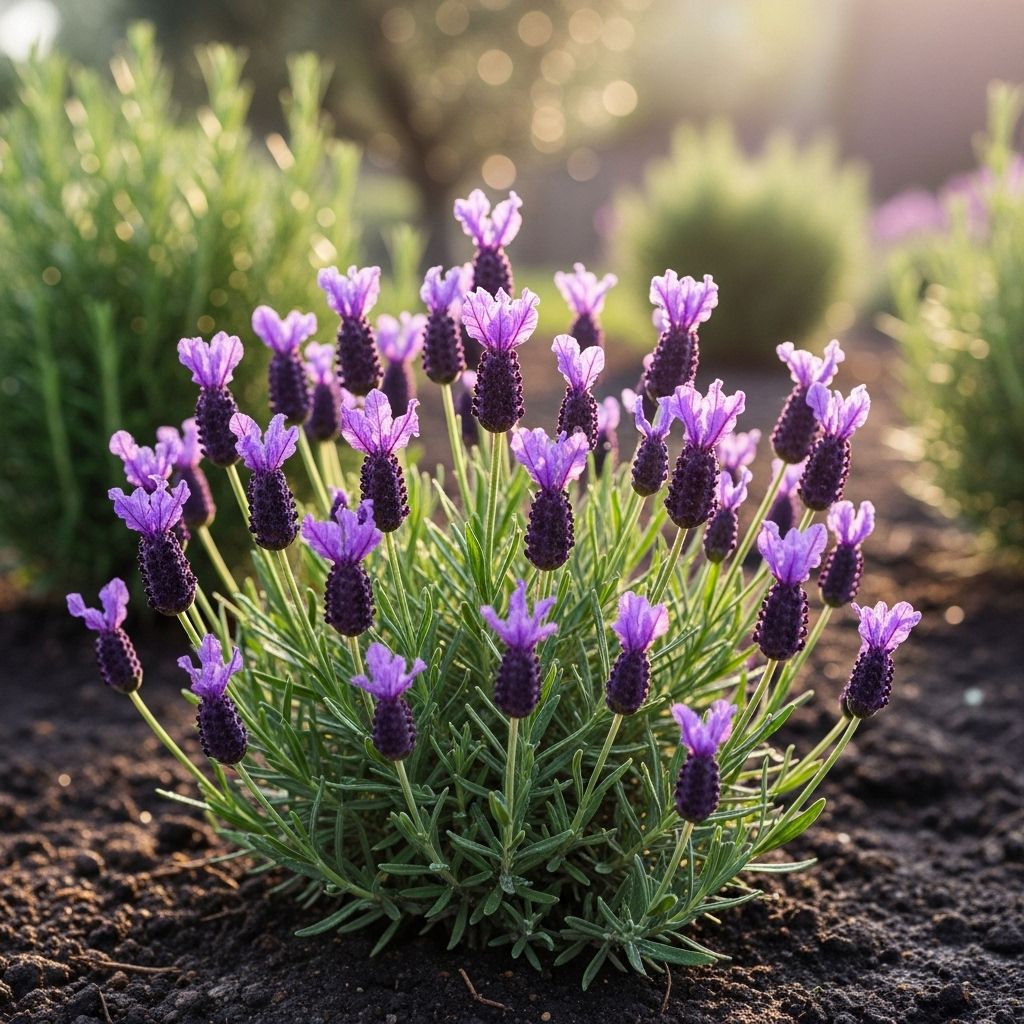
Image: HearthJunction Design Team
How to Grow and Care for Spanish Lavender
Spanish lavender (Lavandula stoechas) is renowned for its distinctive, flamboyant blooms and fragrant foliage. This ornamental plant is not only a highlight in perennial beds, borders, and rock gardens, but also shines in containers, bringing its signature silvery leaves and vibrant flowers wherever it grows. If you’re looking for a resilient, low maintenance shrub that offers beauty, drought tolerance, and appeal to pollinators, Spanish lavender is a standout choice.
On This Page:
- Basics
- How to Plant Spanish Lavender
- Spanish Lavender Care
- Spanish Lavender Varieties
- Harvesting & Preserving
- Frequently Asked Questions
Basics
Lavandula stoechas, commonly referred to as Spanish lavender or French lavender, is native to the Mediterranean region. Its signature “rabbit ear” petals atop dense flower spikes make it easy to recognize and a favorite among gardeners. With its compact, shrub-like habit and aromatic silver-green leaves, Spanish lavender is both decorative and functional in many garden settings.
| Feature | Details |
|---|---|
| Type | Perennial shrub |
| Hardiness | USDA zones 8–9 |
| Height | 12–36 inches |
| Light Needs | Full sun (6–8 hours) |
| Soil | Well-draining, alkaline to neutral |
| Water | Low (drought tolerant once established) |
| Special Features | Fragrant, attracts pollinators, container friendly |
How to Plant Spanish Lavender
Spanish lavender thrives in warm, sunny areas and is perfect for gardeners looking to add both visual and aromatic appeal to their landscapes. Whether you’re planting in the ground or in a container, follow these basic guidelines for success:
- Site Selection: Choose a spot that receives at least 6–8 hours of direct sunlight per day. Spanish lavender will struggle in shade or under tree canopies.
- Soil Requirements: Plant in well-draining, sandy or rocky soil with a neutral to slightly alkaline pH. Heavy, clay soils should be amended with gravel or sand to enhance drainage.
- Spacing: Space plants 12 to 24 inches apart, depending on the mature size of the variety you select, to allow for airflow and prevent fungal diseases.
- Container Growing: Spanish lavender adapts beautifully to pots. Use a container with drainage holes and fill with a cactus or succulent-style soil mix to prevent waterlogging.
- Planting Depth: Set transplants at the same depth as in their nursery pot. Avoid burying the crown.
Spanish Lavender Care
Once established, Spanish lavender is an easy-care plant. However, it has specific preferences that will keep it thriving and producing its showy blooms for years:
Watering
- Water new plants regularly, keeping the soil evenly moist (but not soggy) until roots are established.
- After the first year, let the soil dry almost completely between waterings. Water deeply but infrequently.
- Indoors: Spanish lavender can be grown indoors in containers if it receives at least four hours of direct sunlight daily (ideally from a south-facing window).
- Avoid wetting the foliage, which encourages disease. Water at ground level or use drip irrigation.
Sunlight
- Needs full sun for best growth and flowering. Lack of sunlight can result in leggy growth and fewer blooms.
- For indoor plants, supplement with grow lights if needed to achieve at least 4–6 hours of strong light daily.
Soil & Fertilizing
- Prefers well-draining, lean soils—rich or heavily fertilized soils result in excess foliage and reduced flowering.
- Apply a balanced, low-nitrogen fertilizer in early spring only, if needed. Over-fertilization can harm the plant.
Pruning
- Prune after the main flush of flowers fades, removing spent flower spikes and up to one-third of the foliage to encourage dense, compact growth.
- Avoid cutting into old, woody stems, as this can reduce the plant’s vigor and blooming capacity.
- Cut back any dead or damaged stems at any time.
Overwintering
- In USDA zones 8–9, Spanish lavender is usually hardy outdoors.
- In cooler regions, grow in containers and bring indoors before frost or protect with thick mulch.
Common Issues
- Root Rot: The main risk is overwatering or poor drainage. Always allow the soil to dry between waterings and never leave pots sitting in water.
- Fungal Diseases: Minimize overhead watering and ensure good air circulation.
- Pest Problems: Spanish lavender is generally pest-resistant but watch for aphids and whiteflies. Treat infestations with insecticidal soap if necessary.
Spanish Lavender Varieties
There are several beautiful cultivars of Spanish lavender, each offering unique flower colors and growing habits. Popular varieties include:
- ‘Otto Quast’: Compact with deep purple flower heads and long purple bracts (‘rabbit ears’). Grows up to 18 inches tall. Excellent for containers and small spaces.
- ‘Anouk’: Noted for its vibrant purple flowers and compact, bushy form. Grows 12–18 inches tall and wide. Loved for strong color and heat resistance.
- ‘Ballerina’: Features striking white bracts atop deep purple flower spikes for a bicolor effect. Similar height and spread to ‘Otto Quast.’
- ‘Silver Anouk’: Silvery foliage with deep purple flowers, creating striking contrast in mixed plantings.
- Others: Look for cultivars such as ‘Kew Red’ (with rose-pink flowers and purple bracts) and ‘Purple Ribbon’ for more color choices.
Harvesting & Preserving
Spanish lavender’s flowers and foliage are both aromatic, making them useful for crafts, potpourri, and even culinary purposes (though less commonly used in cooking than English lavender). Here’s how to harvest and use your blooms:
- Harvest flower spikes just as the bracts are fully colored but before individual flowers fade.
- Use sharp scissors or pruners to cut stems in the early morning after dew dries for maximum fragrance.
- Bundle stems loosely and hang upside down in a dry, shaded, well-ventilated spot until completely dry.
- Dried lavender can be used in sachets, wreaths, or simply left in a vase for fragrance indoors.
Frequently Asked Questions (FAQs)
Can Spanish lavender be grown indoors?
Yes, Spanish lavender can thrive indoors if provided at least four hours of direct sunlight daily, ideally from a bright, south-facing window. Container-grown plants also need excellent drainage and moderate watering.
How often should I water Spanish lavender?
Water young plants regularly until established, then reduce frequency. Let the top inch of soil dry out before watering again. Overwatering is the most common cause of failure—err on the side of dryness.
Is Spanish lavender deer resistant?
Yes, Spanish lavender is considered deer resistant due to its aromatic foliage, which deer and rabbits tend to avoid.
What’s the difference between Spanish and English lavender?
| Feature | Spanish Lavender (Lavandula stoechas) | English Lavender (Lavandula angustifolia) |
|---|---|---|
| Hardiness | USDA zones 8–9 | USDA zones 5–9 |
| Flower Shape | Bunny-ear bracts | Classic narrow spikes |
| Fragrance | Strong, piney | Sweeter, floral |
| Heat Tolerance | Very high | Moderate |
| Uses | Ornamental, crafts | Culinary, ornamental, crafts |
Does Spanish lavender attract pollinators?
Yes, its bright blooms are a magnet for bees, butterflies, and other beneficial insects, making it an excellent plant for pollinator gardens.
Is Spanish lavender toxic to pets?
Spanish lavender is generally considered safe, but ingesting large quantities may cause digestive upset in pets. It is best to keep curious animals from chewing on the plant.
Quick Tips for Success
- Always plant Spanish lavender in full sun and well-draining soil.
- Limit watering after the plant is established. Avoid overwatering at all costs.
- Prune after blooming to promote a tidy, bushy habit.
- In colder climates, grow in containers and bring indoors before frost.
- Enjoy fresh or dried blooms for fragrance and crafts.
Conclusion
Spanish lavender is more than a pretty face in the garden. Its resilience, unique floral form, and delightful fragrance make it a versatile and rewarding choice for gardens large and small. With proper planting, minimal watering, and occasional pruning, you can enjoy a profusion of blossoms year after year—while providing a vital resource for pollinators and a fragrant addition to your living spaces.
References
- https://www.thespruce.com/spanish-lavender-growing-guide-5202208
- https://www.gardendesign.com/plants/spanish-lavender.html
- https://www.monrovia.com/be-inspired/lavender-plant-care-guide.html
- https://www.gardeningknowhow.com/edible/herbs/lavender/spanish-lavender-plants.htm
- https://planetdesert.com/products/spanish-lavender-lavandula-stoechas
Read full bio of Srija Burman


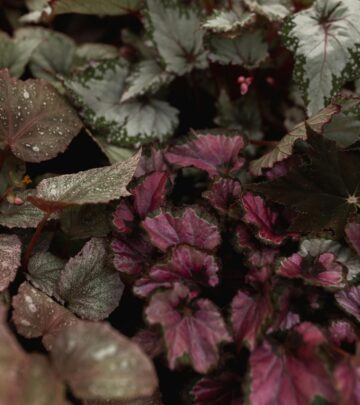
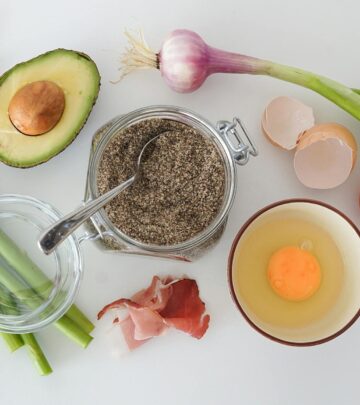
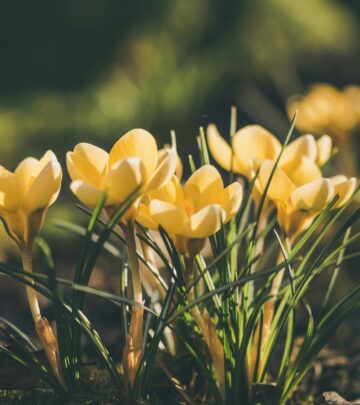
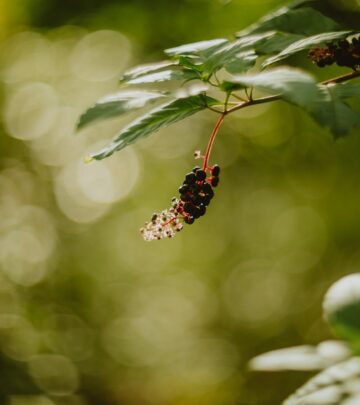


Community Experiences
Join the conversation and become a part of our empowering community! Share your stories, experiences, and insights to connect with other beauty, lifestyle, and health enthusiasts.